IMPORTANT NOTICE
We’ll be taking a break over the holiday period.
Any new orders or inquiries received from 24/12/2025 will be processed and responded to starting 12/01/2026.
Thank you for your patience and understanding.
Happy Holidays from the IFX Team!
You need to choose options for product.
-
 products/PXL_20210422_062720440.jpg
products/PXL_20210422_062720440.jpg
-
 products/PXL_20210422_062620644.jpg
products/PXL_20210422_062620644.jpg
-
 products/PXL_20210422_062658377.jpg
products/PXL_20210422_062658377.jpg
-
 products/PXL_20210422_062739911.jpg
products/PXL_20210422_062739911.jpg
-
 products/PXL_20210428_234431800.jpg
products/PXL_20210428_234431800.jpg
-
 products/PXL_20210428_234437435.jpg
products/PXL_20210428_234437435.jpg
Australian-made 3” Dump pipe, stainless steel, including Spigot flange to the turbo, 3” Race Flex Join (more reliable and durable than braided flex). Allocation for the factory heat shield. Designed to fit the factory location and bolt up to the factory exhaust.
Designed and made locally at Dynomotive.
* May bring on engine light.
- Regular price
- $980,00
Australian-made 3” Dump pipe, stainless steel, including Spigot flange to the turbo, 3” Race Flex Join (more reliable and durable than braided flex). Allocation for the factory heat shield. Designed to fit the factory location and bolt up to the factory exhaust.
Designed and made locally at Dynomotive.
* May bring on engine light.
- Regular price
- $980,00
Frequently Bought Together
-
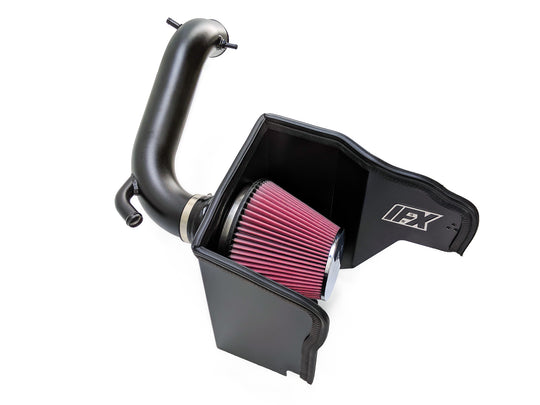
Vendor: IFX
2018-2020 Hyundai i30N Hatch IFX Cold Air Intake 6-Inch Bell Mouth, K&N Filter
Regular price $805,00 -

Vendor: IFX
2021+ Hyundai i30N DCT Hatch IFX Cold Air Intake 6 Inch Bell Mouth, K&N Filter
Regular price $830,00 -

Vendor: K&N
K&N 6" Flange Air Filter - Replacement for IFX Intake Kit
Regular price $135,00 -

Vendor: K&N
K&N Air Filter Cleaning Kit
Regular price $32,99
Product Description
Australian-made 3” Dump pipe, stainless steel, including Spigot flange to the turbo, 3” Race Flex Join (more reliable and durable than braided flex). Allocation for the factory heat shield. Designed to fit the factory location and bolt up to the factory exhaust.
Designed and made locally at Dynomotive.
* May bring on engine light.
Similar Products
-
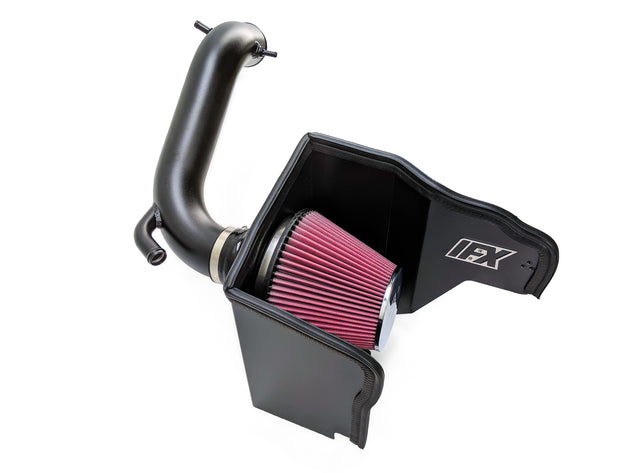
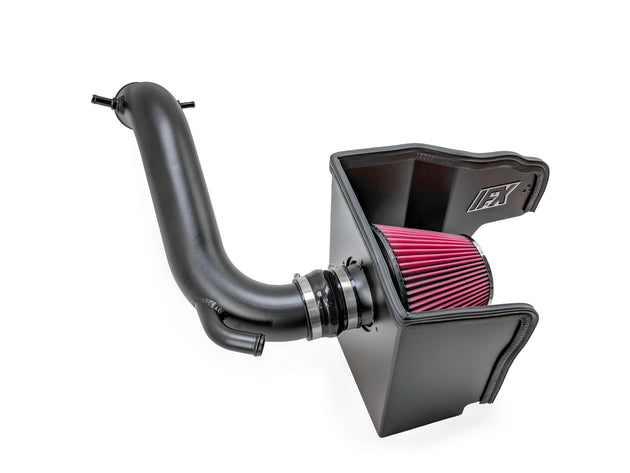
Vendor: IFX
2018-2020 Hyundai i30N Hatch IFX Cold Air Intake 6-Inch Bell Mouth, K&N Filter
Regular price $805,00 -
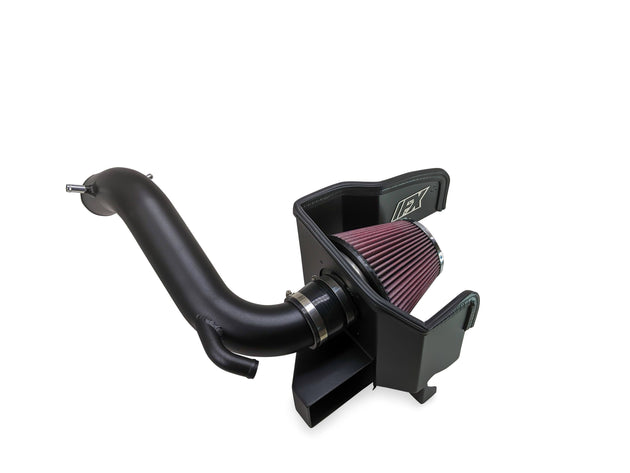
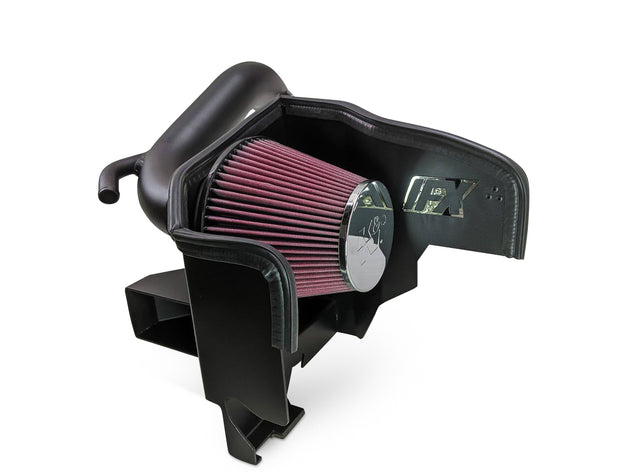
Vendor: IFX
2021+ Hyundai i30N DCT Hatch IFX Cold Air Intake 6 Inch Bell Mouth, K&N Filter
Regular price $830,00 -

Vendor: K&N
K&N 6" Flange Air Filter - Replacement for IFX Intake Kit
Regular price $135,00 -
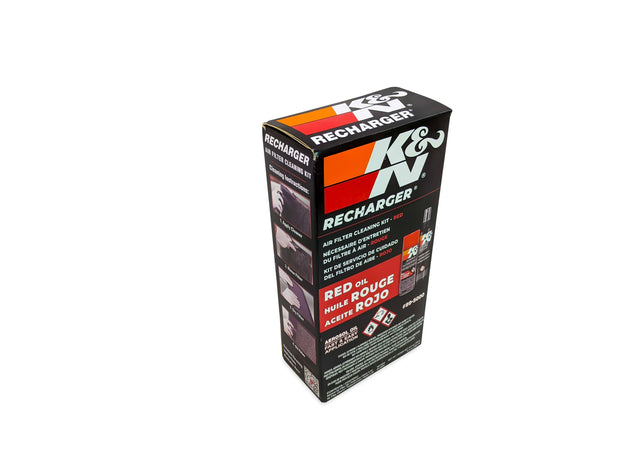
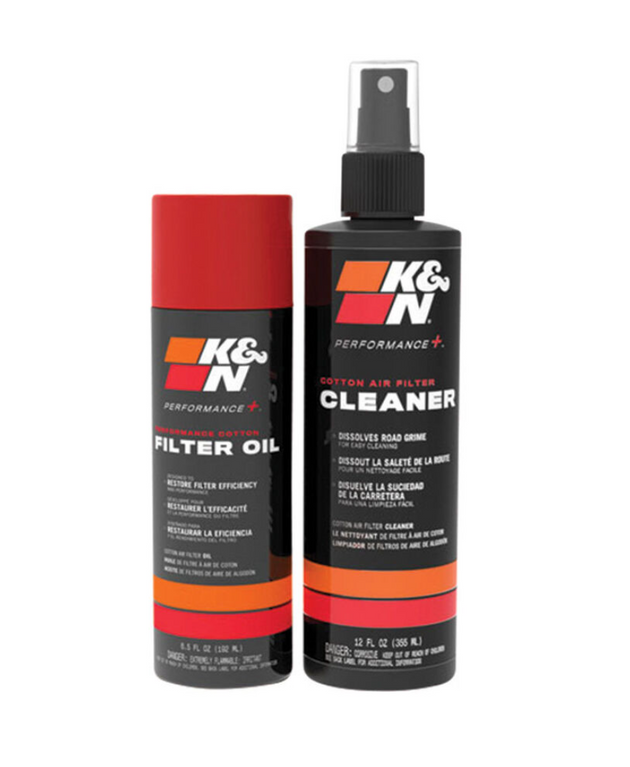
Vendor: K&N
K&N Air Filter Cleaning Kit
Regular price $32,99





























